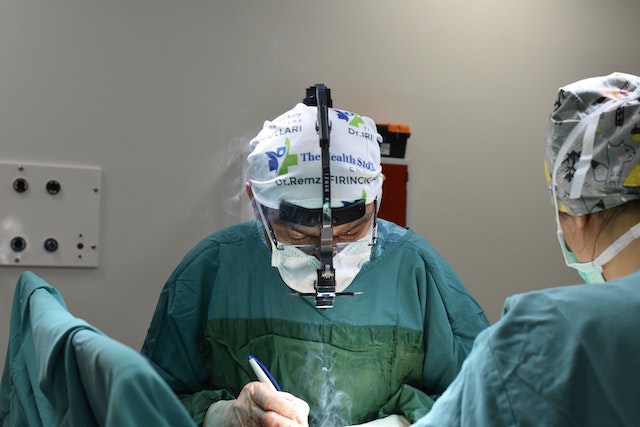Quick search
CTRL+K
Quick search
CTRL+K


Since 2010, the Global Law Experts annual awards have been celebrating excellence, innovation and performance across the legal communities from around the world.
posted 2 years ago
Today’s case involves a girl who, at the time of a severe Road Traffic Accident, was 16. She fractured her pelvis and could not pass urine in the Accident & Emergency Department.
A suprapubic catheter was placed using a large needle (trocar) through her lower abdominal wall. Unfortunately, on removal of the trocar after the catheter had been placed, the catheter came out, leaving a portion of the catheter tip behind.
This was immediately reported to senior staff in the Accident & Emergency Department and Urological Consultant on-call. A CT Scan was carried out, which confirmed a fracture to the front of the pelvis, but there was no obvious sign of the catheter tip. A cystoscopy of the bladder showed no evidence of the foreign body.
The records show that the family and patient were both told at that time what had happened. While she was in hospital, because of the potential for bleeding in her abdomen, she underwent a laparoscopy to look around the inside of her abdomen, which revealed a slight skiff fluid, but no heavy bleeding and no sign of the catheter tip.
She was followed-up by the Orthopaedic Surgeon, and no further scans were carried out.
Some 20 years later, she developed appendicitis. A CT Scan was carried out when the catheter tip was revealed anterior to the bladder, but not within the abdominal cavity. The appendicitis was confirmed, and the appendix was removed. At the same procedure, a transverse lower abdominal incision over the bladder was carried out. The tip of the catheter was found, stuck behind the anterior pelvis and against the bladder wall. When it was removed, a small hole was caused in the bladder, which was easily repaired.
Patient then attempted to take action against the hospital who had treated her at the time of her accident. She believed that the catheter had been the cause of her appendicitis and was responsible for the hole in her bladder. She denied any previous knowledge that a catheter tip had been left behind.
From a medical point of view, there could be an argument of breach of duty 20 years previous, and any case would have had to have been brought by the time the patient was 21. It is certainly clear in the notes that both she and the parents had discussions with medical staff at the time, and they had been fully informed. Statue had therefore run out.
In relation to the hole in the bladder, the tip of the catheter was immediately behind the pelvis and stuck in position. Removal did cause a small hole in the bladder, which was easily repaired with two sutures. She had not complained of any pain or difficulty over the 20 years prior to her development of appendicitis, which was not related to the fact the catheter tip was left behind. Removal was reasonable in the circumstances, and no prolonged consequence would ensue. Therefore, primarily because of the Statue of Limitations, an accident in negligence could not be brought.
Any action against a professional has to be instigated within a reasonable time of the date of knowledge that an incident has occurred. In medical cases, this is usually within two to three years, prolonged until a child becomes of age. In other instances, the statute for a civil claim can be up to six years.
MDU figures for 2021 show that fewer than one in six actions in medical negligence actually succeed, with the vast majority failing on the grounds of causation. It must be remembered that subsequence is not the same as consequence.
Initial screening is therefore essential to manage client expectations at an early stage. This avoids unnecessary effort and costs for all concerned. Too many cases are taken to court with no chance of success. This is stressful for both the client and their legal adviser, and indeed for the medical personnel involved.
For fast and effective screening of all potential medical negligence cases, contact Peyton Medico Legal Services now on +44 (0)28 87724177 or email [email protected]
Author


There are no results matching your search.
Resetposted 1 hour ago
posted 13 hours ago
posted 13 hours ago
posted 3 days ago
posted 4 days ago
posted 4 days ago
posted 4 days ago
posted 4 days ago
posted 4 days ago
posted 7 days ago
There are no results matching your search.
ResetFind the right Legal Expert for your business
Sign up for the latest legal briefings and news within Global Law Experts’ community, as well as a whole host of features, editorial and conference updates direct to your email inbox.
Naturally you can unsubscribe at any time.
Global Law Experts is dedicated to providing exceptional legal services to clients around the world. With a vast network of highly skilled and experienced lawyers, we are committed to delivering innovative and tailored solutions to meet the diverse needs of our clients in various jurisdictions.